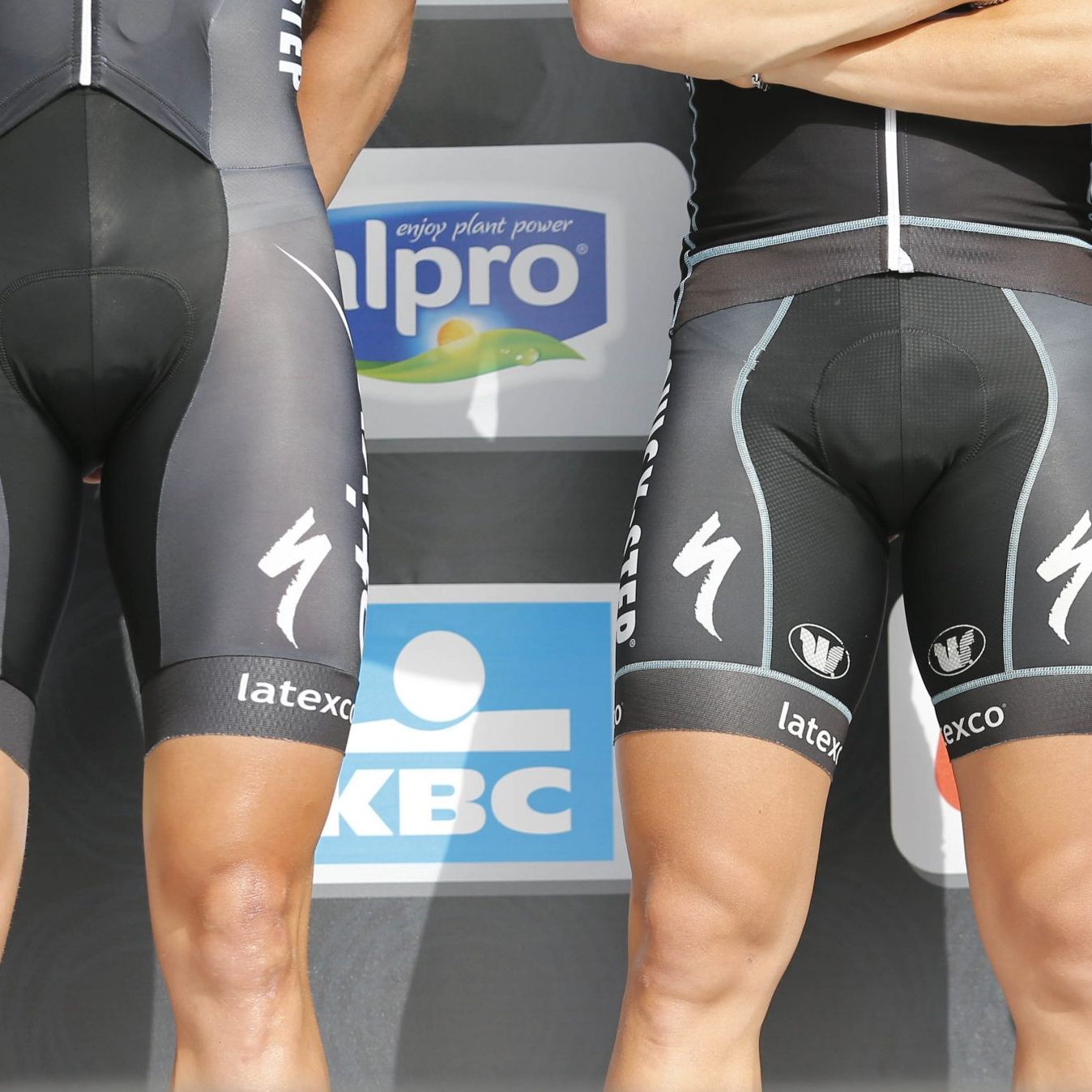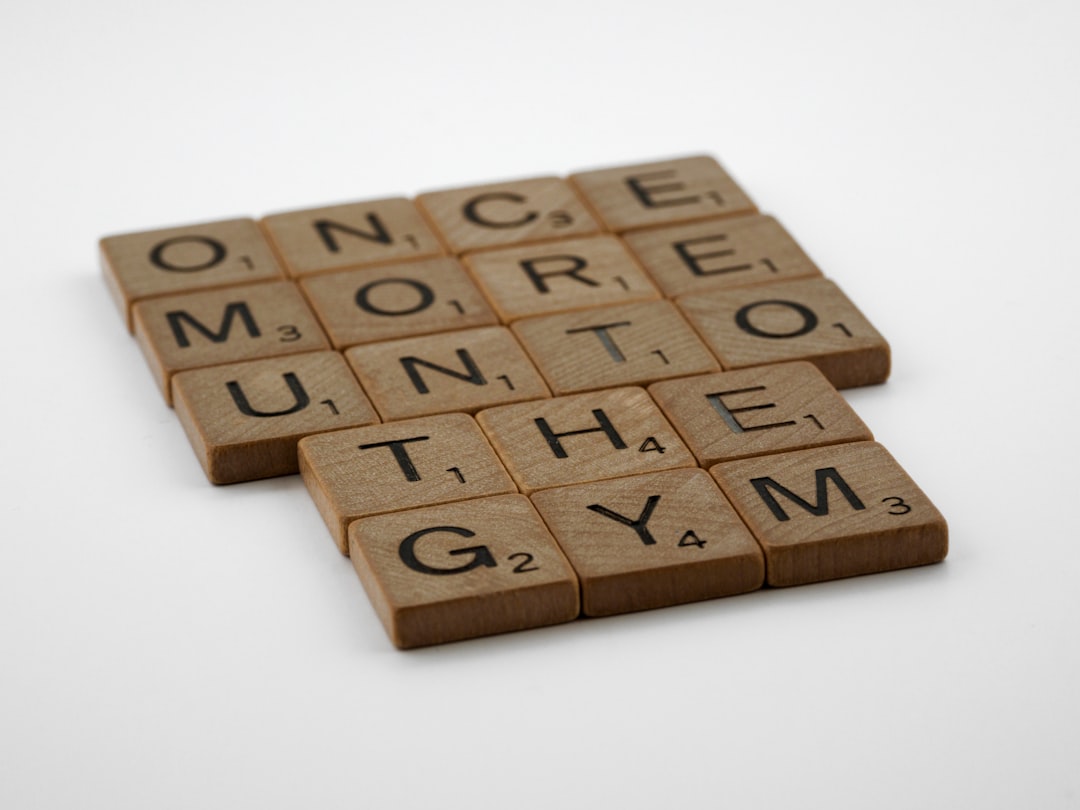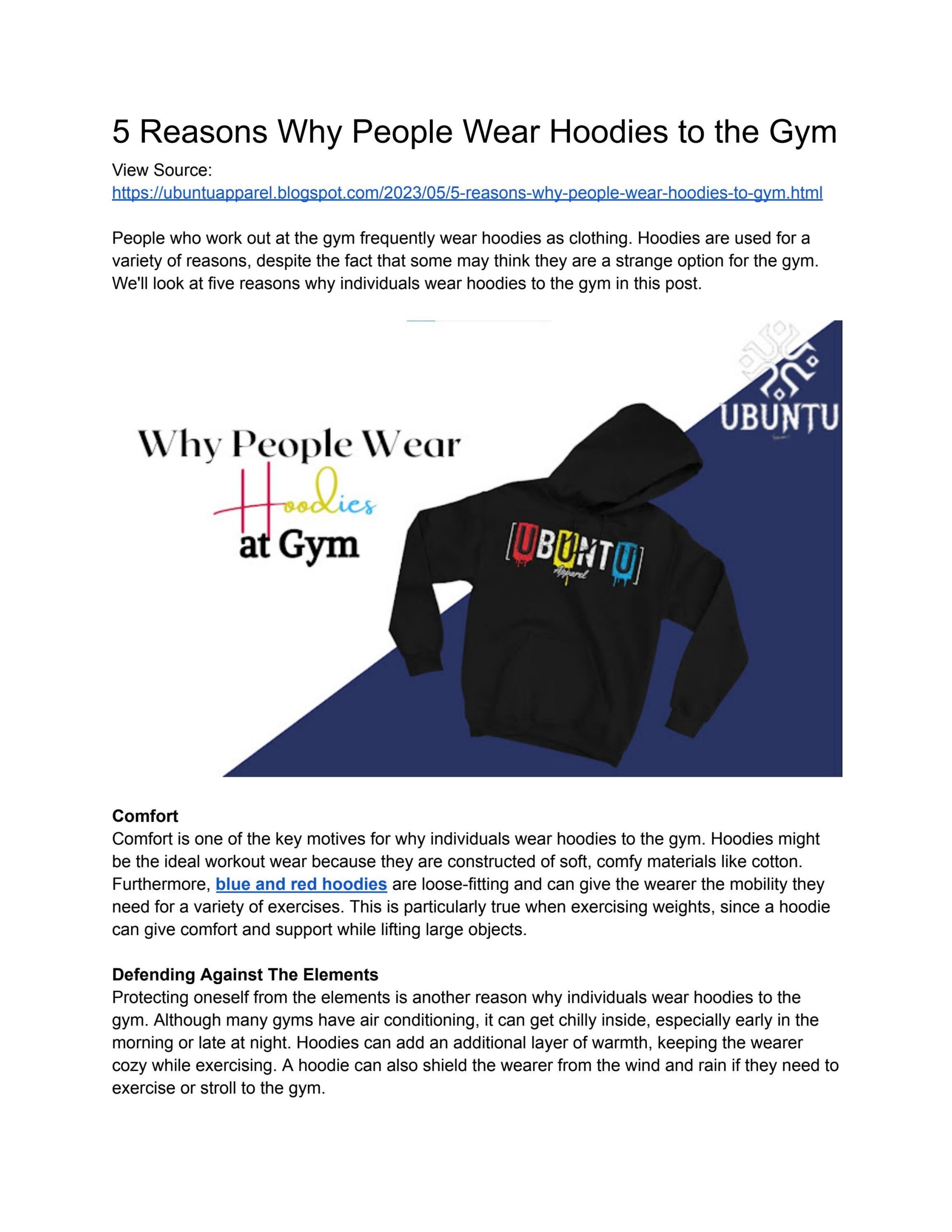Have you ever wondered if your daily cycling routine could do more than just boost your cardiovascular health? Could it actually help you build muscle as well?
If you’ve found yourself pondering this question, you’re not alone. Many fitness enthusiasts like you are curious about the hidden benefits of cycling beyond its reputation for being a heart-friendly activity. Imagine transforming your legs into powerful engines while enjoying the freedom of the open road.
We’re diving into the fascinating intersection of cycling and muscle growth. Discover how your passion for pedaling could sculpt not just your endurance but your muscles too. Keep reading to unlock the potential of your cycling routine and redefine your fitness journey.

Credit: billbonebikelaw.com
Benefits Of Cycling For Fitness
Cycling strengthens muscles, especially in the legs, boosting endurance and stamina. Pedaling regularly enhances muscle tone and definition. It offers a balanced workout, engaging various muscle groups for overall fitness improvement.
Cycling is more than just a fun outdoor activity; it’s a powerful tool for fitness. Whether you’re aiming to tone your legs, improve your cardiovascular health, or just enjoy the fresh air, cycling offers a host of benefits. It’s accessible, low-impact, and can be tailored to suit any fitness level. But how exactly does cycling contribute to building muscle and overall fitness?Improves Cardiovascular Health
Cycling gets your heart pumping. As you pedal, your heart rate increases, boosting circulation and strengthening your heart. This not only helps in preventing cardiovascular diseases but also improves your endurance. You might notice how climbing stairs feels easier after regular cycling sessions. It’s a simple yet effective way to enhance your heart’s efficiency.Enhances Muscle Tone
While cycling, your legs do most of the work. This continuous movement engages your quadriceps, hamstrings, and calves. Over time, this repetitive action helps in toning these muscles. Imagine the satisfaction of feeling your legs become stronger and more defined with each ride. Cycling can be your ticket to sleek, toned legs.Boosts Mental Well-being
The mental benefits of cycling are as profound as the physical ones. The rhythmic motion combined with fresh air can be incredibly calming. Many cyclists find that it clears their mind and reduces stress. Have you ever noticed how a long ride can leave you feeling refreshed and mentally sharp? It’s like therapy on wheels.Promotes Weight Loss
Cycling burns calories. Whether you’re on a leisurely ride or a high-intensity sprint, you’re shedding calories. This can be particularly beneficial if you’re looking to lose weight. Consider cycling as a fun way to boost your metabolism and help you achieve your weight goals. It’s far more enjoyable than counting calories at the gym.Strengthens Core Muscles
Surprisingly, cycling also engages your core. Keeping balanced on your bike requires stability from your abdominal muscles. As your core strengthens, you might find improvements in your posture. It’s fascinating how an activity primarily focused on the legs can give your abs a workout too.Encourages Social Interaction
Cycling often turns into a social activity. Whether joining a local cycling club or riding with friends, it fosters connections. Sharing experiences and challenges on the road can build camaraderie. Why not invite a friend for a ride next weekend? You might find that sharing the journey adds to the enjoyment.Reduces Environmental Impact
Choosing to cycle instead of driving reduces your carbon footprint. It’s a small step, but it contributes to a greener planet. Every time you opt for your bike over your car, you’re making a positive environmental choice. Isn’t it rewarding to know that your fitness routine also benefits the world? Cycling offers a unique blend of physical, mental, and environmental benefits. So, what’s stopping you from hopping on a bike and experiencing these perks firsthand?Muscle Groups Engaged In Cycling
Cycling targets various muscle groups, including quadriceps, hamstrings, calves, and glutes. Regular cycling can promote muscle growth. This activity offers a balanced workout, enhancing strength and endurance.
Cycling is more than just a great way to explore the outdoors or commute to work. It’s a powerhouse workout that engages multiple muscle groups, giving you a full-body workout without the need for a gym membership. But which muscles are you really working out when you’re pedaling away? Let’s dive into the muscle groups engaged during cycling, and see how each contributes to your fitness journey.Lower Body Muscles
When you push those pedals, your lower body does most of the heavy lifting. Your quadriceps, hamstrings, calves, and glutes are all actively engaged. These muscles work together to provide the power and endurance needed to keep you moving forward. Feel the burn in your thighs during a long ride? That’s your quadriceps and hamstrings working hard. Meanwhile, your calves help with the pedal stroke, especially on steep climbs. You might not realize it, but your glutes are activated too, providing stability and extra power.Core Engagement
Cycling is not just about your legs. A strong core is crucial for maintaining balance and posture on the bike. Your abs and lower back muscles play a vital role in stabilizing your body. Think about the last time you rode on a bumpy trail. Did you feel your core tighten to keep you steady? That’s your core in action. Engaging these muscles can improve your cycling efficiency and reduce the risk of injury.Upper Body Involvement
While cycling is primarily a lower body workout, your upper body isn’t left out. Your arms, shoulders, and upper back help with steering and support your body weight. When you lean into the handlebars or pull on them during a sprint, your upper body muscles are engaged. This involvement may not build bulky muscles, but it does improve muscle tone and endurance. Have you ever noticed how cyclists have a well-defined upper body? This is a result of consistent low-impact engagement over time. Cycling might not replace a weightlifting session, but it provides a balanced workout for your entire body. Next time you’re on your bike, pay attention to the muscles you feel working. Which ones surprise you the most?Cycling Vs. Traditional Strength Training
Cycling and traditional strength training serve different fitness goals. Both are effective in their own right. Cyclists often wonder about muscle building. Can cycling match the benefits of weightlifting? This section explores the muscle growth potential of cycling compared to traditional strength training.
Comparing Muscle Growth
Cycling targets lower body muscles. The primary focus is on quads, calves, and glutes. Over time, these muscles gain endurance and strength. Traditional strength training involves weights. It targets specific muscle groups for growth. Weightlifting increases muscle size through resistance.
Cycling offers a full-body workout. It engages core muscles for balance. Strength training isolates muscles, providing intense focus. Muscle growth results vary based on activity type. Cycling builds lean muscle. Strength training increases muscle mass significantly.
Endurance Vs. Strength
Cycling enhances cardiovascular endurance. It allows longer exercise periods without fatigue. Cyclists develop high stamina levels. Traditional strength training builds muscle strength. It increases muscle power and lifting capacity. Endurance and strength serve different purposes in fitness.
Cycling involves repetitive motion. It boosts endurance in muscle fibers. Strength training uses heavy weights. It strengthens muscles quickly. Athletes choose based on fitness goals. Endurance for long rides or strength for power lifting.
Incorporating Resistance For Muscle Gain
Cycling is not just a way to get around or boost your cardio fitness. It can also be a powerful tool for building muscle. To maximize muscle gain, adding resistance is key. This can transform your usual ride into a more challenging workout. But how do you do it effectively? Let’s explore some methods to up your cycling game and build those muscles.
Using Hills And Intervals
Ever noticed how much harder your legs work when you’re pedaling uphill? Hills are a natural form of resistance. They push your muscles to exert more power. Try to include more hills in your route. Feel the burn as your muscles work harder to conquer each incline.
Intervals are another effective strategy. They involve alternating between high intensity and a steady pace. For example, you might sprint for 30 seconds then pedal at a moderate pace for two minutes. This method not only boosts muscle gain but also enhances endurance.
Adding Weights And Resistance Bands
Consider adding weights to your cycling routine. Weighted vests or ankle weights increase the resistance your muscles face. This extra challenge can promote muscle growth. Start with light weights and gradually increase as you become comfortable.
Resistance bands are another versatile tool. Attach them to your bike for extra resistance while pedaling. This simple addition can make your muscles work harder, leading to greater gains. It’s easy to adjust the level of resistance based on your fitness level.
Have you ever tried these techniques before? Maybe you’ve noticed a difference in your strength and endurance. If not, why not give it a shot on your next ride? The path to building muscle through cycling can be an exciting journey. Embrace these strategies and see how your cycling experience transforms.
Cycling Techniques For Better Muscle Activation
When you think about cycling, you might picture scenic routes and the wind in your hair. But cycling isn’t just a leisurely activity. It’s a powerful way to build muscle, especially when you focus on the right techniques. Emphasizing proper form and pedaling strategies can make all the difference. Are you ready to transform your cycling routine into a muscle-building powerhouse?
Proper Form And Posture
Maintaining the correct form is crucial for muscle activation. Your posture on the bike should be relaxed yet alert. Keep your back straight, shoulders down, and core engaged. This helps distribute your weight evenly and prevents strain.
Consider your hand placement on the handlebars. Experiment with different grips to find what feels most comfortable and gives you control. This can affect how your upper body muscles engage.
Remember to adjust your seat height. Your knees should be slightly bent at the lowest pedal position. This maximizes your leg muscles’ involvement and reduces joint stress.
Pedaling Techniques
Pedaling isn’t just about pushing down. Focus on a full circular motion. Imagine scraping mud off your shoe at the bottom of the pedal stroke. This engages more muscles and boosts efficiency.
Try varying your speed and resistance. Short bursts of high intensity can activate different muscle fibers. This not only builds muscle but also enhances endurance.
Think about your pedal cadence. Aim for a steady rhythm that challenges you without causing fatigue. This balance keeps your muscles working effectively.
Have you noticed any changes in your muscle tone since adjusting your cycling technique? Share your experiences or tips below. Your insights could inspire others to pedal with purpose!
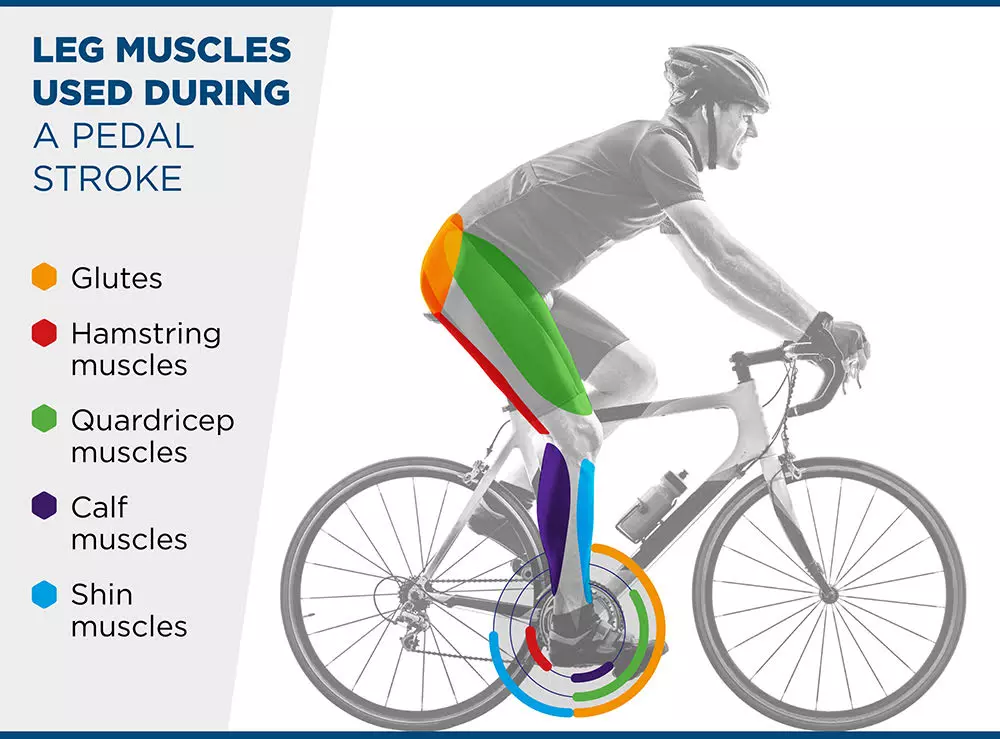
Credit: tanita.eu
Nutrition And Recovery For Cyclists
Nutrition and recovery are crucial for cyclists aiming to build muscle. These elements ensure optimal performance and promote muscle growth. A well-planned diet and rest schedule can make a significant difference. Cyclists must focus on proper nutrition and effective recovery strategies.
Protein Intake
Protein is vital for muscle repair and growth. Cyclists should consume enough protein daily. Lean meats, eggs, and dairy provide excellent sources. Plant-based options include beans, lentils, and tofu. Aim for a balanced intake throughout the day. Spreading protein consumption helps in better absorption. Consider a small protein snack post-ride. This can enhance muscle recovery and growth.
Rest And Recovery Strategies
Rest is as important as training for muscle building. Ensure adequate sleep each night. Sleep aids in muscle repair and energy restoration. Include rest days in your cycling routine. This prevents overtraining and reduces injury risk. Gentle stretching can aid recovery. It helps maintain flexibility and reduce muscle tension. Hydration is key during recovery. Water supports body functions and muscle health.
Creating A Balanced Fitness Routine
Creating a balanced fitness routine is key to building muscle through cycling. Cycling offers great cardiovascular benefits. It tones muscles too. But combining it with other workouts can enhance results. This ensures well-rounded fitness. Let’s explore how to integrate cycling with strength training. Also, set achievable goals for better outcomes.
Combining Cycling With Strength Workouts
Cycling focuses mainly on lower body muscles. To balance this, add strength exercises. Include squats, lunges, and leg presses. These boost muscle growth and strength. Don’t forget upper body workouts. Push-ups, planks, and dumbbell exercises help. They ensure your whole body is fit.
Strength training enhances your cycling performance. It builds endurance and power. Aim for two to three sessions each week. This keeps your routine balanced. It helps prevent muscle imbalances. Mix cycling with different strength exercises. It keeps your fitness routine exciting.
Setting Realistic Goals
Setting achievable goals is important. It keeps you motivated. Start by defining clear objectives. Do you want to build muscle or improve endurance? This helps in planning your routine.
Set short-term goals first. For example, cycle three times a week. Combine it with two strength sessions. Track your progress regularly. Adjust your goals as you improve. Celebrate small achievements. They keep you motivated. Remember, consistency is key. Over time, your efforts will show results.
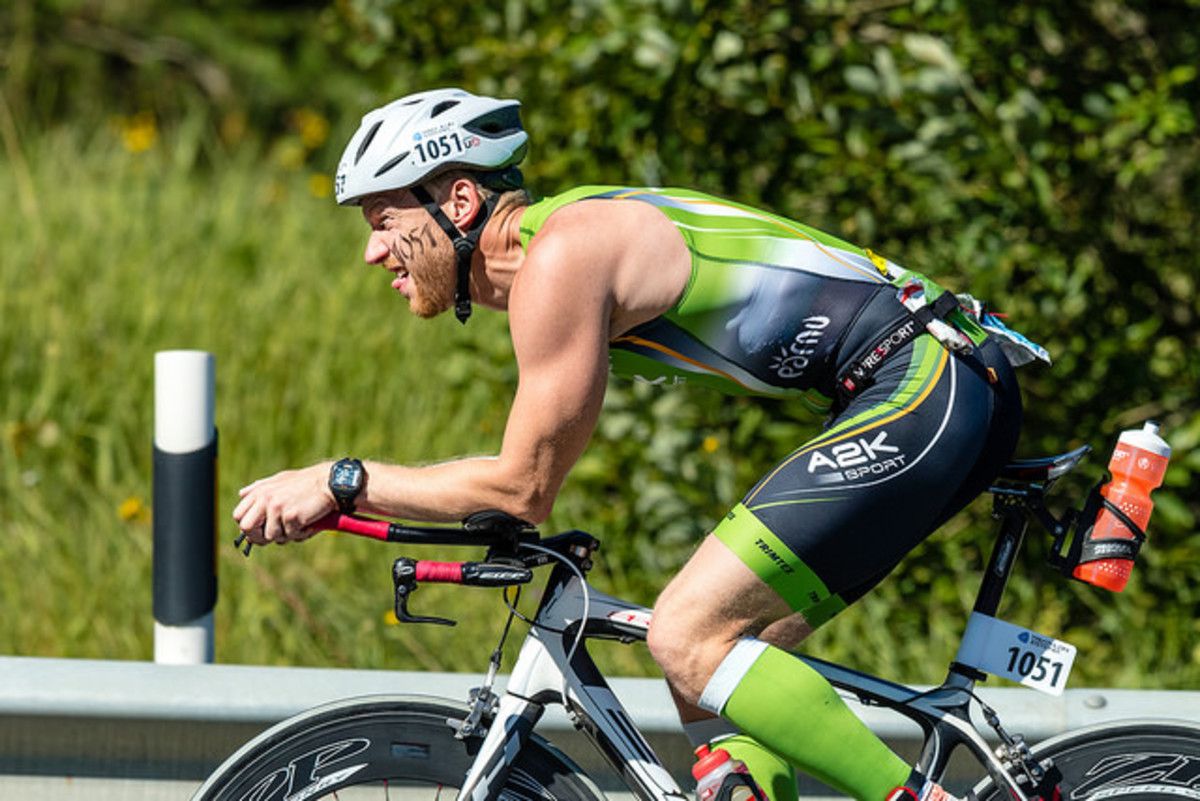
Credit: discover.hubpages.com
Frequently Asked Questions
How Long Should I Cycle To Build Muscle?
Cycle for at least 30 minutes, 3-5 times a week, to build muscle. Focus on interval training for best results. Incorporate resistance exercises and maintain a balanced diet to support muscle growth. Consistency and gradual intensity increase are key for effective muscle building through cycling.
What Do 30 Minutes Of Cycling Do?
Cycling for 30 minutes boosts cardiovascular health, burns calories, and improves muscle tone. It enhances mood and reduces stress. Regular cycling strengthens legs and boosts endurance. It’s a low-impact exercise that suits all fitness levels. Enjoy increased energy and improved overall fitness with consistent cycling.
Which Muscles Get Toned By Cycling?
Cycling tones quadriceps, hamstrings, calves, and glutes. It also strengthens the core and lower back muscles. Regular cycling can improve muscle endurance and overall leg strength.
What Body Shape Does Cycling Give You?
Cycling enhances muscle tone, particularly in legs and buttocks, creating a lean and toned physique. Regular cycling helps reduce body fat, promoting a slimmer waist and overall athletic build. It boosts cardiovascular health and improves endurance, contributing to a well-balanced and fit body shape.
Conclusion
Cycling offers a solid way to build muscle. It strengthens leg muscles effectively. Calves, thighs, and glutes gain noticeable tone. Regular cycling boosts endurance too. Balancing cycling with strength training enhances results. Mix activities for better muscle gain. Diet matters as well.
Protein-rich meals support muscle growth. Hydration keeps muscles healthy. Cycling suits all fitness levels. Its low impact protects joints. Enjoy the ride while building muscle. It’s fun, engaging, and rewarding. Perfect for a fitter, healthier you. Embrace cycling for a balanced workout routine.
Keep pedaling towards a stronger body.


